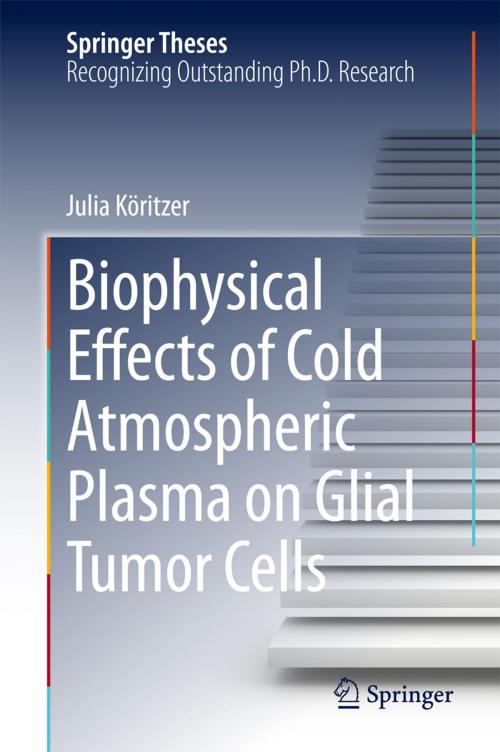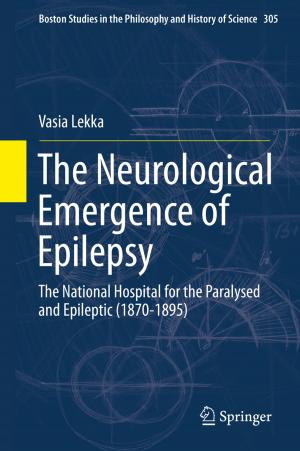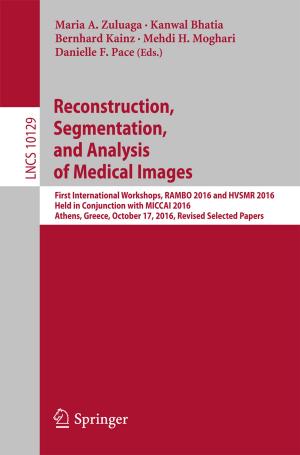Biophysical Effects of Cold Atmospheric Plasma on Glial Tumor Cells
Nonfiction, Science & Nature, Science, Physics, Radiation, Health & Well Being, Medical, Specialties, Oncology| Author: | Julia Köritzer | ISBN: | 9783319062242 |
| Publisher: | Springer International Publishing | Publication: | April 21, 2014 |
| Imprint: | Springer | Language: | English |
| Author: | Julia Köritzer |
| ISBN: | 9783319062242 |
| Publisher: | Springer International Publishing |
| Publication: | April 21, 2014 |
| Imprint: | Springer |
| Language: | English |
Cold atmospheric plasma is an auspicious new candidate in cancer treatment. Cold atmospheric plasma (CAP) is a partially ionized gas in which the ion temperature is close to room temperature. It contains electrons, charged particles, radicals, various excited molecules and UV photons. These various compositional elements have the potential to inhibit cancer cell activity whilst doing no harm to healthy cells. Glioblastoma (GBM) is the most common and lethal primary brain tumor in adults; treatment including surgery, radio- and chemotherapy remains palliative for most patients as a cure remains elusive. The successful combination of the standard chemotherapeutic temozolomide (TMZ) and CAP treatment features synergistic effects even in resistant glioma cells. In particular in glioma therapy, CAP could offer an innovative approach allowing specific cancer cell / tumor tissue inhibition without damaging healthy cells. Thus CAP is a promising candidate for combination therapy especially for patients suffering from GBMs showing TMZ resistance.
Cold atmospheric plasma is an auspicious new candidate in cancer treatment. Cold atmospheric plasma (CAP) is a partially ionized gas in which the ion temperature is close to room temperature. It contains electrons, charged particles, radicals, various excited molecules and UV photons. These various compositional elements have the potential to inhibit cancer cell activity whilst doing no harm to healthy cells. Glioblastoma (GBM) is the most common and lethal primary brain tumor in adults; treatment including surgery, radio- and chemotherapy remains palliative for most patients as a cure remains elusive. The successful combination of the standard chemotherapeutic temozolomide (TMZ) and CAP treatment features synergistic effects even in resistant glioma cells. In particular in glioma therapy, CAP could offer an innovative approach allowing specific cancer cell / tumor tissue inhibition without damaging healthy cells. Thus CAP is a promising candidate for combination therapy especially for patients suffering from GBMs showing TMZ resistance.















